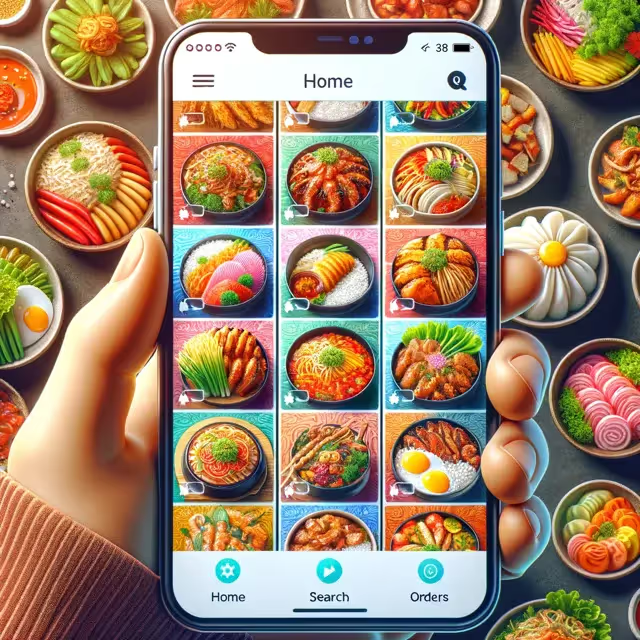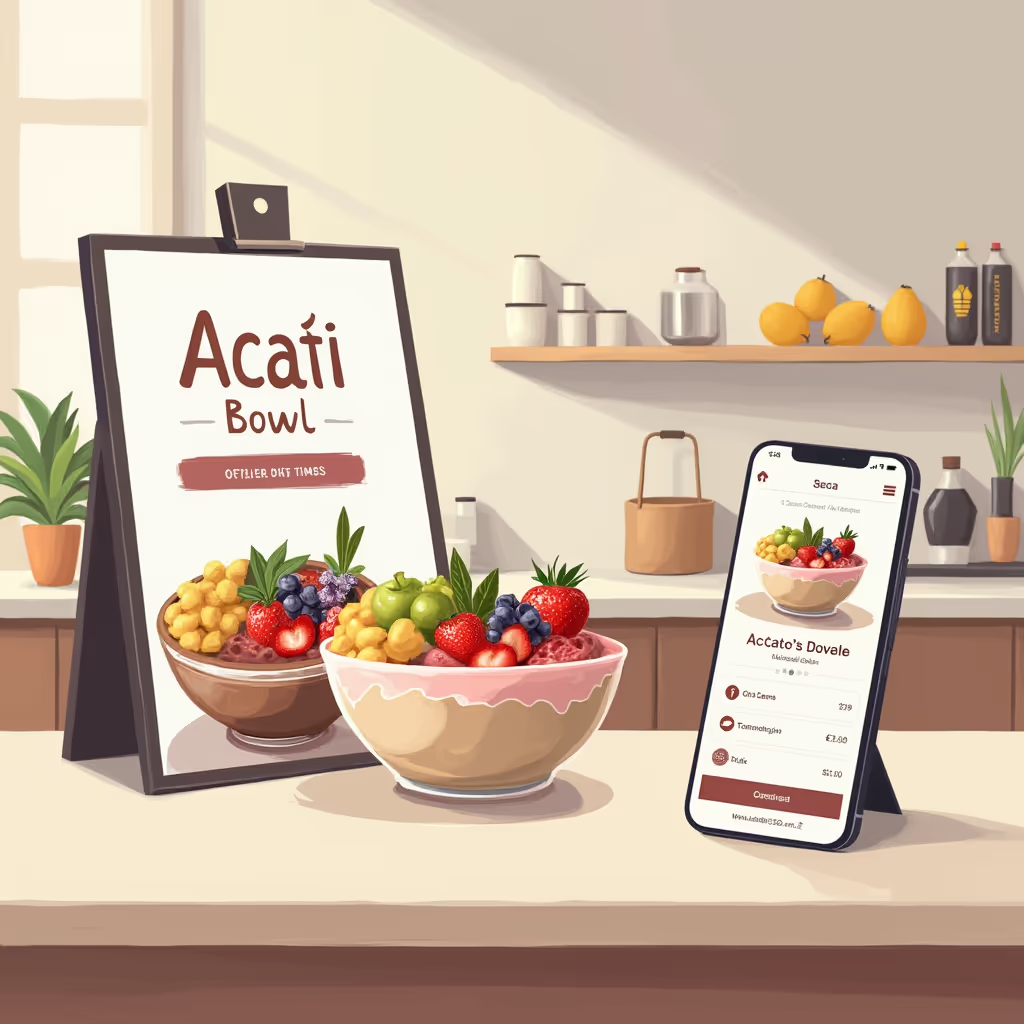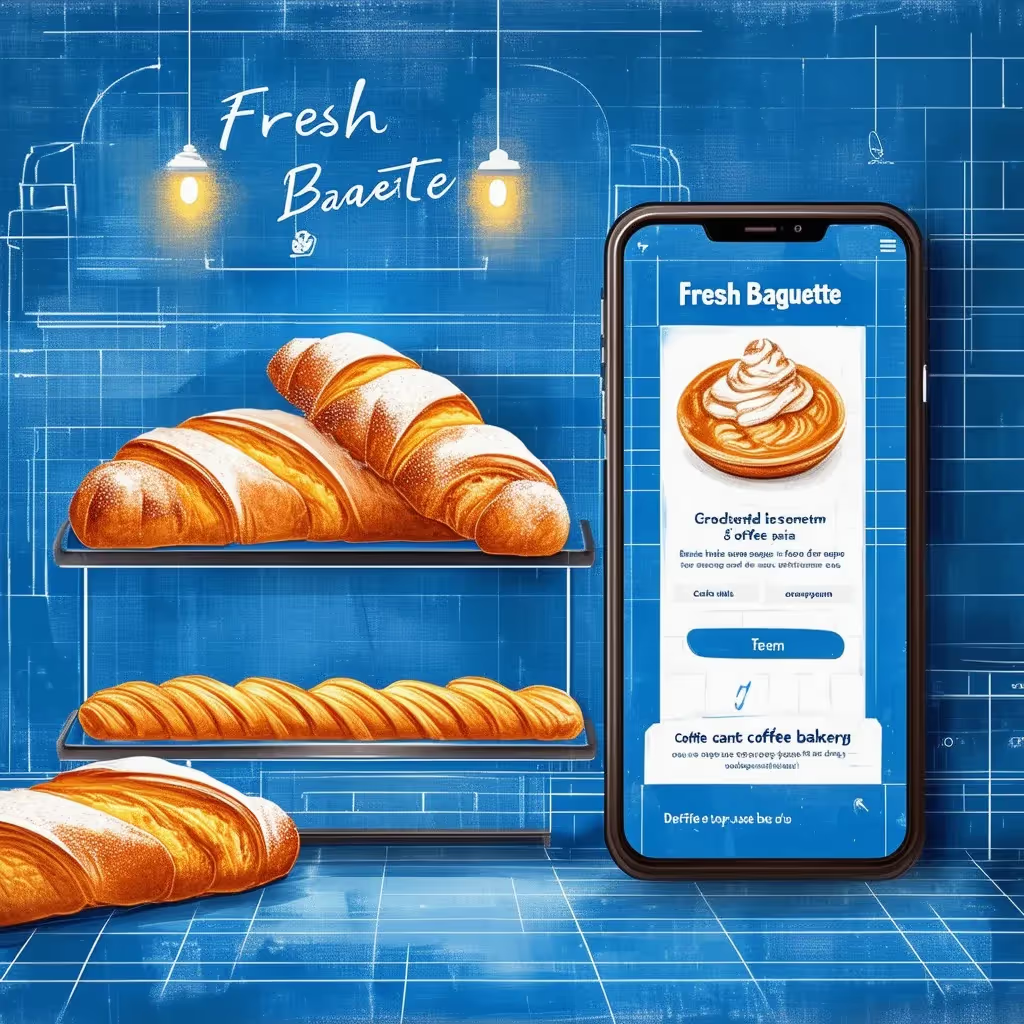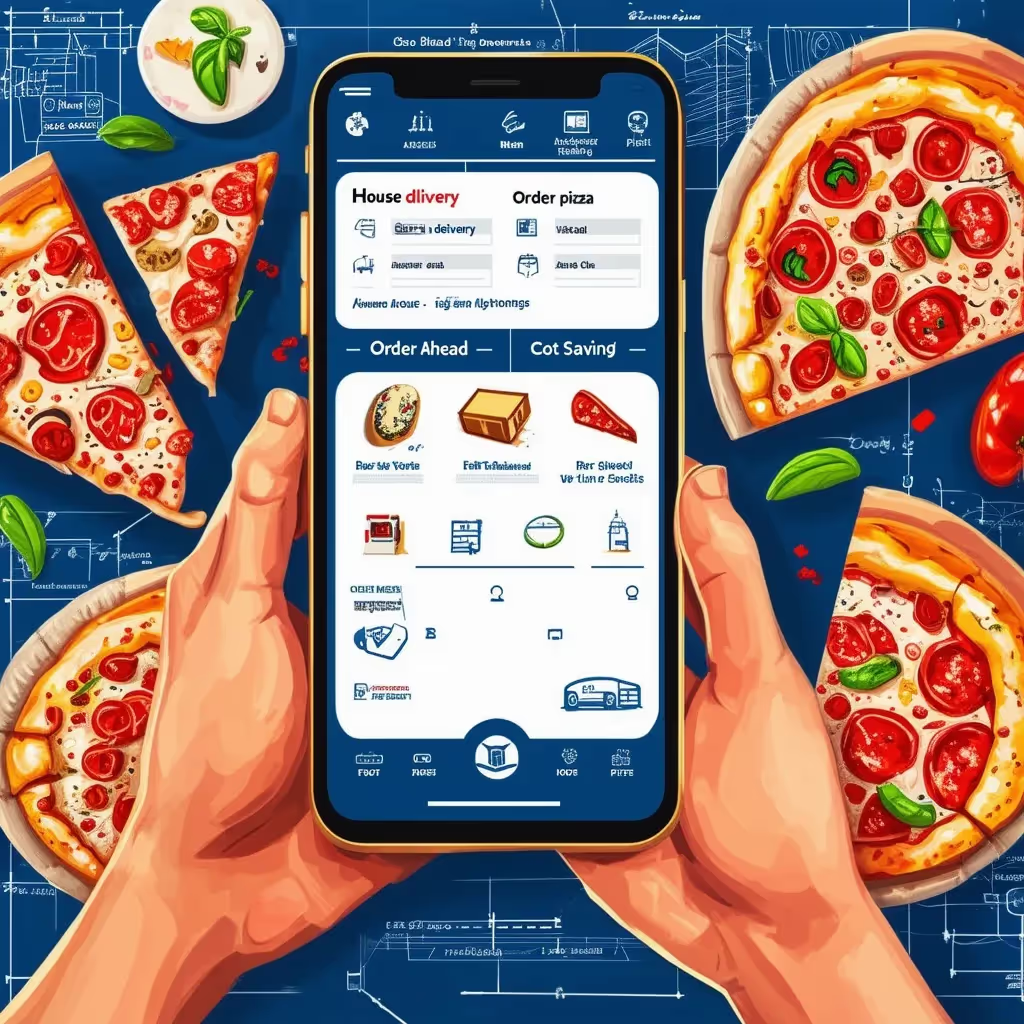TLDR
Korean food has grown increasingly popular in the United States. Many Korean restaurants have opened in cities across the country, introducing Americans to dishes like kimchi and Korean barbecue. The restaurants use technology like smartphone apps and loyalty programs to attract customers and keep up with changing demands. Korean restaurants have been adopting innovative technologies to reach new customers and provide a better dining experience. They offer online ordering and delivery through smartphone apps, as well as loyalty programs and rewards for repeat customers. These tools help keep customers engaged and coming back.
The Kimchi Craze: Korean Food's Rise in Popularity in America
Kimchi Exports to the U.S. on the Rise
According to reports, kimchi exports to the United States reached $29 million in 2022, indicating growing interest in Korean cuisine. Kimchi sales in the U.S. increased 41.2% from January to September, suggesting kimchi’s rising mainstream appeal. Industry experts forecast the kimchi market value will reach $5.3 billion worldwide by 2030.
Mobile Tech Fuels Discovery of Local Korean Restaurants
Mobile apps offering convenience and ease of ordering have made it simpler for people to discover and order from local Korean eateries that they may not have otherwise tried. They allow customers to browse menus, place orders, and pay directly from their phones, removing friction from the dining experience. This technology has made it so that people can discover and order from local Korean eateries that they may not otherwise try.
Popular Korean Restaurants Spreading Nationwide
Korean chains are expanding beyond traditional Korean neighborhoods. Some popular restaurants include Kimchi Box in Michigan, Seoul Taco in St. Louis, Korilla BBQ in New York, and Park's BBQ in Los Angeles. Their fare, like kimchi fried rice, Korean BBQ short ribs, and KPOP’s Korean corndogs, has gone mainstream.
The kimchi craze and the growing popularity of Korean cuisine in America reflect the diversifying tastes of U.S. diners. As more people discover the vibrant flavors of Korean dishes, restaurants will likely continue gaining wider audiences and influence on the food scene. The kimchi craze appears here to stay.
Case Study: How Kimchi Box Uses Tech to Drive Customer Loyalty
Kimchi Box is a popular Korean restaurant chain that has grown rapidly across various US locations. A key driver of their success has been the implementation of technology to build customer loyalty.
Mobile App for Streamlined Experience
Kimchi Box developed a mobile app to provide customers with an efficient ordering and payment experience. Customers can browse the menu, place an order, and pay directly within the app without waiting in line. Their app has simplified the customer journey, reducing friction and improving satisfaction.
Data-Driven Personalization
By connecting orders placed through the mobile app to individual customer profiles, Kimchi Box gains valuable data into preferences and behaviors. They leverage this data to provide personalized promotions and recommendations to drive repeat visits. For example, if a customer frequently orders kimchi fried rice, they may receive an exclusive offer for that item to incentivize their next purchase.
Through strategic investments in technology and data utilization, Kimchi Box has cultivated an exceptionally loyal customer base. Their case provides an excellent example of how restaurants can leverage mobile apps, personalization, and loyalty programs to drive growth in an increasingly competitive market. The key is to provide a seamless mobile experience, understand your customers, and give them reasons to keep coming back.
Other Popular Local Korean Restaurants Riding the Wave
Gaju Gimbap
Gaju Gimbap is a popular Korean restaurant in Los Angeles, California. Established in 2014, Gaju Gimbap serves authentic Korean dishes with a focus on high-quality gimbap or Korean seaweed rice rolls. They offer a variety of traditional gimbap options made with premium seaweed and fillings such as marinated beef, spicy tuna, pickled radish, and more. In addition to gimbap, Gaju Gimbap serves Korean soups, stews, and barbeque meats. They have received positive reviews from customers for their reasonably priced yet authentic and delicious Korean cuisine.
Daeho
On the West Coast, Daeho in San Francisco showcases the diversity of Korean cuisine. They offer traditional dishes like bibimbap, Korean BBQ, and various kimchis and banchans. However, they are also known for unique fusions like galbi (braised short ribs) tacos, kimchi mac and cheese, and Korean fried chicken sandwiches. Daeho has become popular through word-of-mouth in the Bay Area’s food-obsessed culture. They also utilize social media and food delivery apps to reach new audiences with promotions and high-quality photos of their dishes.
Other Notable Restaurants
Atlanta, with a significant Korean population, has many popular traditional restaurants like Iron Age and Heirloom Market BBQ. In Austin, TX, restaurants like Korea House and Charm Korean Bistro are riding the wave of interest in Korean food. Los Angeles, with a long history of Korean immigration, has popular traditional restaurants throughout K-Town and beyond, like Sun Nong Dan, Parks BBQ, and Ham Ji Park. These restaurants showcase the diversity of Korean cuisine, from BBQ and soups to street food like tteokbokki rice cakes and kimbap rolls. Their popularity shows that Americans have developed a taste for authentic Korean flavors.
Through social media savvy, partnerships with delivery apps, and most importantly, serving innovative and authentic Korean cuisine, these restaurants are riding the wave of interest in Korean culture and flavors. They demonstrate how Korean food has become a mainstream sensation in American cities.
The Most Profitable Korean Dishes to Serve Up
Bibimbap
Bibimbap is a popular Korean dish of warm white rice topped with sautéed and seasoned vegetables, chili pepper paste, and fried egg. Due to the dish’s simplicity and popularity, bibimbap has high profit margins for restaurants. Bibimbap is a staple menu item at many Korean eateries in the U.S., especially in New York. For example, Kimchi Box in downtown Manhattan features bibimbap along with a variety of kimchi-inspired fare.
Korean Barbecue
Korean barbecue, where diners cook meat and vegetables on gas or charcoal grills at the table, is a social and interactive dining experience that has gained mainstream popularity. Dishes like galbi (grilled short ribs) and samgyeopsal (grilled pork belly) are menu standouts with strong profit potential due to their premium ingredients. In Los Angeles, Kang Hodong Baekjeong and other Korean barbecue restaurants have become hotspots, especially among younger Americans seeking an authentic cultural experience.
Kimchi
As Korea’s national dish, kimchi—fermented napa cabbage spiced with garlic and chili peppers—is a staple side for most Korean meals. With a long shelf life and simple ingredients, kimchi has one of the highest profit margins of any Korean dish. The increasing popularity of kimchi has allowed it to become a staple ingredient in fusion fare, used in everything from kimchi fries and tacos to kimchi ketchup. This versatility and popularity have made kimchi a key driver of profits for Korean restaurants across the U.S.
Key Takeaways: How Restaurants Can Leverage Mobile Apps to Boost Business
Streamline the Ordering Process
Mobile apps provide an efficient way for customers to place orders in advance, reducing wait times and improving the overall experience. Customers appreciate the convenience of browsing menus and paying on their own schedule. Studies show that restaurants utilizing mobile ordering apps experience increased sales and revenue.
Increase Customer Loyalty
Restaurants can leverage mobile apps to build customer loyalty through features like referral programs, push notifications about specials, and in-app rewards. Referral programs encourage existing customers to invite friends by offering incentives like discounts for both parties. Push notifications allow restaurants to inform customers about daily specials, limited-time offers, and events. An in-app rewards program enables customers to earn points for dollars spent that can be redeemed for future purchases. Per Diem white-label app enables restaurants to implement these features so they can benefit their customers without breaking the bank.
Streamline Operations
Mobile apps provide an efficient way for restaurants to manage operations. They allow customers to order and pay in advance, reducing demands on service staff. They also provide restaurant owners with data and analytics to gain valuable insights into menu trends, peak operating hours, and customer preferences. This information can help restaurants optimize staffing, refine menus, and improve the overall customer experience. For small business owners in particular, the operational efficiencies gained through mobile apps can be significant.
Explore our blog to discover essential features your restaurant needs to improve operational efficiency.
In summary, mobile apps provide an array of benefits for both restaurants and their customers. For restaurants, they streamline operations, build loyalty, and boost revenue. For customers, they offer convenience, rewards, and an enhanced overall experience. By leveraging mobile technology, restaurants can gain a competitive advantage and position themselves for sustainable success.
Final Thoughts
Though the path to mainstream success has had its fair share of challenges, Korean restaurants across America have embraced emerging technologies to share their food and culture with the masses. By leveraging mobile apps and modern features, chains like Kimchi Box have won over countless new patrons. Their authentic flavors may have started as a niche interest, but Korean cuisine is now an established favorite thanks to the digital tools that help restaurants connect with customers. The kimchi craze shows no signs of slowing down. As more people discover the joys of Korean barbecue, hot pots, and yes, kimchi itself, these restaurants will continue growing and thriving in their communities.


.webp)


.webp)
.png)
.webp)

.avif)
.webp)
.webp)
.webp)

.webp)

















.svg)





.svg)
.svg)




.avif)



.avif)
.avif)
















.avif)








.avif)










